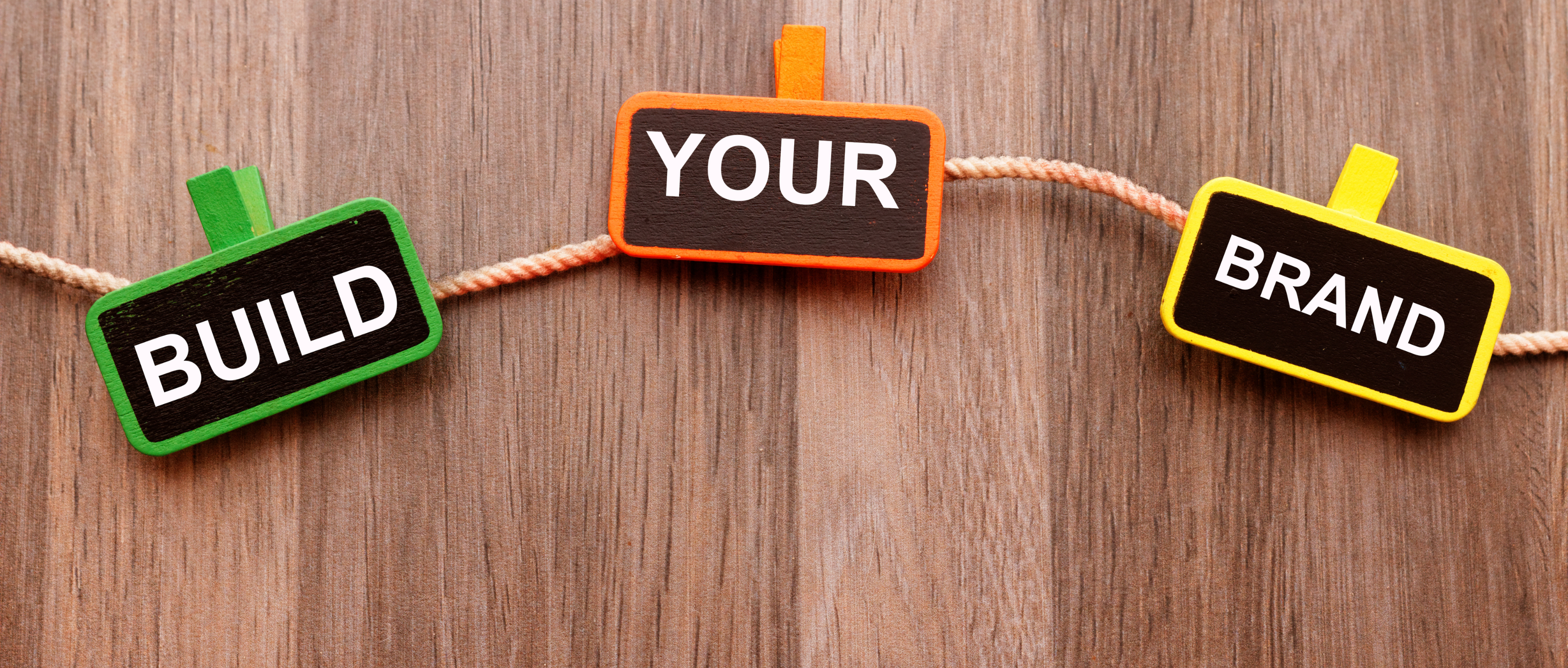Branding forms the cornerstone of a company’s identity. It’s not just about a logo or a name—it’s about creating a distinct presence in a crowded marketplace. At Avanza Branding Agency, we understand that mastering various types of branding can set a business apart and drive success. In this blog, we delve into the different types of branding, illustrating each with real-life examples from the Indian market to make the concepts more relatable.
1. Personal Branding
Personal branding involves highlighting an individual’s expertise, personality, and values. It’s particularly crucial for entrepreneurs, influencers, and professionals who need to distinguish themselves in their fields. For example, Amitabh Bachchan, a renowned Bollywood actor, has successfully built his personal brand around his versatility and charismatic personality, transcending the realm of cinema to become a trusted voice in various sectors, including politics and social causes.
At Avanza, we assist individuals in developing a robust personal brand through strategic online presence, thought leadership, and compelling content that resonates with their target audience.
2. Product Branding
Product branding is all about creating a unique identity for a specific item. This involves everything from logo design to marketing strategy. Take Haldiram’s for instance. Their branding strategy emphasizes traditional Indian values and high-quality ingredients, making their snacks a household name across the country.
Our team at Avanza helps businesses craft visually appealing and market-driven product branding that captures the essence of their offerings and engages their target market.
3. Corporate Branding
Corporate branding is about how the entire company is perceived, not just its individual products or services. Tata Group is a prime example of effective corporate branding. The conglomerate’s consistent focus on trust, quality, and social responsibility has established it as a respected name in various industries.
Avanza assists businesses in creating cohesive corporate branding strategies that reflect their values, vision, and mission, enhancing overall market trust and credibility.
4. Service Branding
Service branding focuses on building a strong reputation around the service provided, relying heavily on customer experience and word-of-mouth. IRCTC (Indian Railway Catering and Tourism Corporation) has successfully branded its services to highlight reliability and convenience, becoming a go-to platform for train ticket bookings and travel services.
At Avanza, we help service providers develop strong brand identities that emphasize quality, reliability, and trustworthiness.
5. Retail Branding
Retail branding is about creating a distinctive in-store and online shopping experience. FabIndia exemplifies this through its focus on traditional Indian crafts and artisanal products, offering a unique shopping atmosphere both physically and digitally.
We ensure that retail brands deliver seamless, engaging, and memorable experiences, creating a strong brand presence across all customer touchpoints.
6. Online Branding
With the surge in digital platforms, online branding has become crucial. Zomato, the popular restaurant discovery platform, has built a strong online presence through strategic social media engagement and a user-friendly website, becoming an essential tool for food enthusiasts.
Avanza offers innovative online branding strategies to help businesses strengthen their digital footprint and enhance online engagement.
7. Co-Branding
Co-branding involves two or more brands collaborating to create a product or service. Cadbury Dairy Milk and Oreo is a notable example, where the partnership resulted in a successful new product that combined the strengths of both brands.
We help brands collaborate effectively through co-branding strategies to expand their reach and leverage the strengths of their partners.
8. Geographic Branding
Geographic branding ties a brand to a specific location, often used to promote tourism or local products. Kashmir Pashmina is a classic example, where the branding of the high-quality shawls is intrinsically linked to the region of Kashmir, highlighting its heritage and craftsmanship.
At Avanza, we specialize in helping geographic regions showcase their unique qualities and attract attention through effective geographic branding.
9. Cultural Branding
Cultural branding connects a brand with a cultural movement or identity. Biba, the women’s ethnic wear brand, has aligned itself with Indian cultural values and traditions, creating a strong emotional connection with its audience.
Our cultural branding services ensure that your brand remains relevant and meaningful by resonating with cultural trends and values.
10. Cause Branding
Cause branding associates a brand with a social cause, like environmental sustainability or charitable efforts. The Body Shop is renowned for its commitment to environmental and social causes, which has helped build a loyal customer base that values ethical practices.
Avanza helps brands integrate cause branding into their identity authentically, fostering trust and loyalty among socially conscious consumers.
Elevate Your Brand with Avanza
At Avanza Branding Agency, we excel in these various types of branding to craft a comprehensive strategy tailored to your business needs. Whether you’re an entrepreneur, product-based company, or service provider, our team is dedicated to elevating your brand to new heights.
Ready to transform your brand? Contact us today to start your branding journey!


